| Type | Standard / Implementation Specification | Standards Process Maturity | Implementation Maturity | Adoption Level | Federally required | Cost | Test Tool Availability |
|---|---|---|---|---|---|---|---|
|
Standard for observations
|
Final
|
Production
|
No
|
Free
|
N/A
|
||
|
Standard for observation values
|
Final
|
Production
|
Yes
|
Free
|
N/A
|
| Limitations, Dependencies, and Preconditions for Consideration |
Applicable Value Set(s) and Starter Set(s)
|
|---|---|
|
|
Comment
Submitted by skm4150 on
Smoking status classifications: 2nd hand smoke addition, revis
Firstly, given the links between childhood exposures and development of chronic and acute illness (e.g, asthma, allergies, ear infections) there should be entries for exposure to secondhand smoke as a child, adolescent / adult, and currently. I hope these entries will eventually be seen as the left side of a dose-response curve.
Further, I think there are advantages to classifying "less than 8 cigarettes" per day as light tobacco use, 8- 16 cigarettes as intermediate tobacco use, and more than 16 cigarettes per day as heavy tobacco use. If a some is a former tobacco user, the quit date should be listed next to the classfication, along with some indication of the nature of use.
Lastly, I think EHRs have to explicitly and accurately capture nicotine use in the context of addiction. For this reason, there should be a linked series of classifications for nicotine delivery devices. And since tobacco use involves a constellation of harms attributable (1) toxic exposure and (2) addiction to nicotine, there should be entries tracking use of multiple nicotine delivery systems (snus, cigarettes, cigars, etc) when used simultaneously.
Scott Matthews MD MPH
Submitted by dhudson@iupui.edu on
Smoking Status Classifications
Presently, there is much confusion about the smoking status choices and classifications in EHRs which creates overlap and confusion at the point of care when smoking status is documented. It would be very beneficial if all EHR vendors could standardize how this important information is classified. It would be better if vendors could:
*Simplify and reduce the smoking status choices/classifications
*Remove overlapping smoking status classifications
*Use clear, non-duplicative language such as below:
Current Every Day Smoker
Current Some Day Smoker
Former Smoker
Never Smoker
Smoking Status Unknow
It is also important to be able to assess other tobacco use as well in this same way. I would recommend the same classifications for "Tobacco User" along with a way to collect "quit date" for those that are "former smokers" or "former tobacco users".
Submitted by andersol on
Update with specific codes
The Joint Commission has an update to last year's comment. We have received the following codes, and request these be added for inclusion for smokeless tobacco:
456711000124105 Former smokeless tobacco user (finding)
| 88030-2 | Date quit smokeless tobacco |
Submitted by pwilson@ncpdp.org on
NCPDP - Comment
SNOMED – Not currently used in NCPDP MMA mandated standards. Future versions of the NCPDP SCRIPT standard support SNOMED.
Submitted by andersol on
Consider adding additional tobacco concepts to this standard
Thank you for making the tobacco use (smoking status) codes and value sets a little more clear than previous versions. We would like to recommend including standard codes for smokeless tobacco, in addition to the smoking status codes. Clinical quality measures are interested in assessing both forms of tobacco use. We recently requested a new LOINC code for Smokeless Tobacco Status, and was approved for a future release. This LOINC code will have the following SNOMED CT answer list:
713914004 User of smokeless tobacco (finding)
451381000124107 Smokeless tobacco non-user (finding)
TBD Former smokeless tobacco user (finding) (this code was recently requested of SNOMED CT and was approved for their next release)
In addition to having standard codes to capture the smoking or smokeless tobacco status, we feel it is also very important to have a standard way to capture the quit date for both smoking and smokeless tobacco. Here are the recommended LOINC codes:
TBD- Date Quit Smokeless Tobacco (this code was recently requested of LOINC and was approved for a future release)
74010-0 Date Quit tobacco smoking
The rationale for this is important, in that different quality measures may have different time frames for when they consider someone a current tobacco user or not. For example, The Joint Commission considers a person who has used tobacco products in the past 30 days a current user and someone who needs tobacco cessation interventions. Other measure stewards may have different thresholds. In order to capture the data once in order to re-use many times, there needs to be a standard way to codify this data in a more granular fashion. That way, The Joint Commission eCQM could use logic to ask the tobacco use status, if the person is a "former user", then ask for the quit date, and use logic to determine if that quit date was within the past 30 days or not. If a measure has a different threshold, the same granular level of data could be used, and their measure could use logic with a different time frame. This would decrease the burden on implementation, because then every measure steward would not be using a different pre-coordinated term (e.g. LOINC 68535-4 to get the past 30 days, or LOINC 54845-3 to get the past 7 days) to get the information, which forces duplication of documentation just to satisfy a measure.


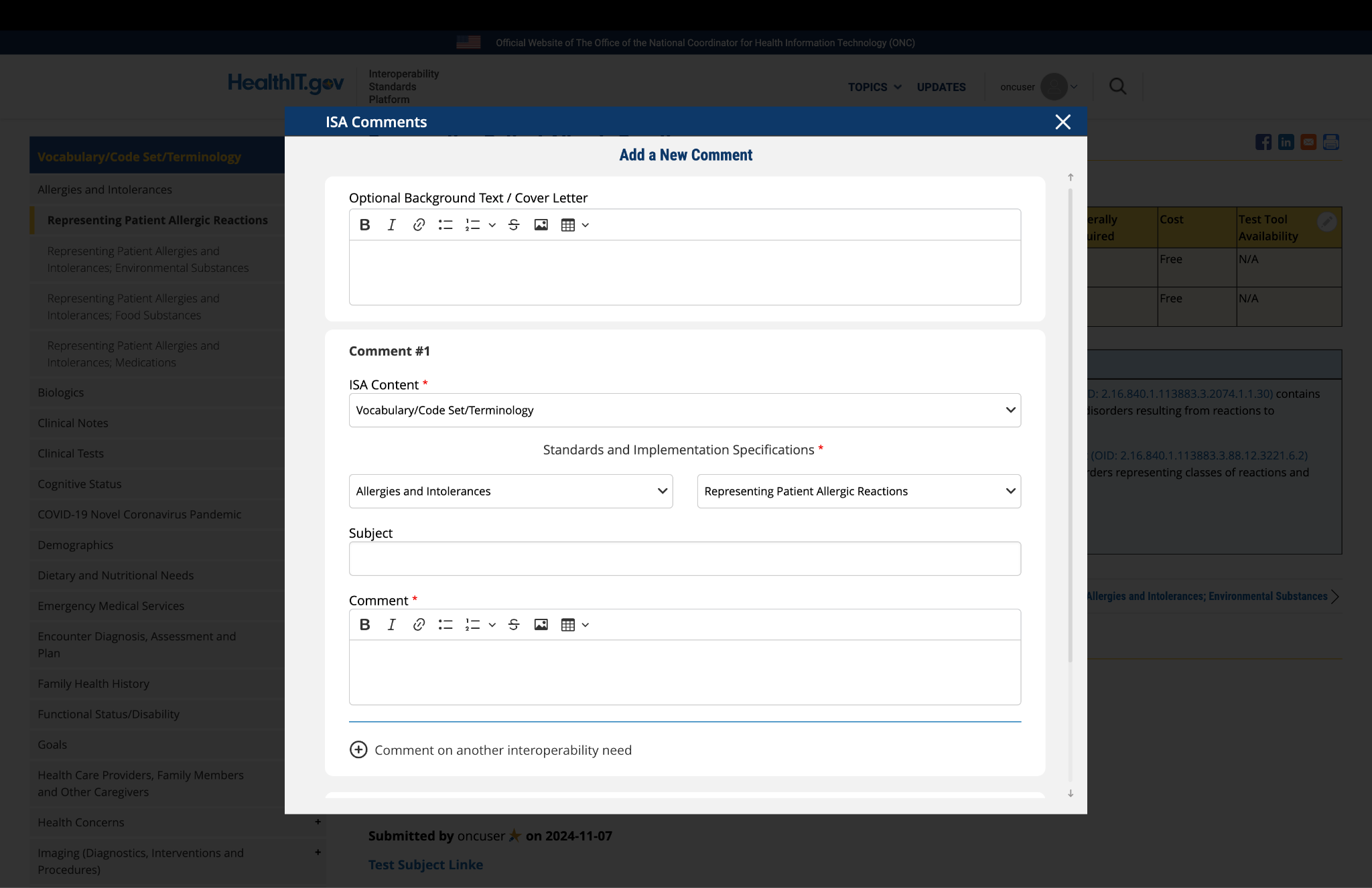

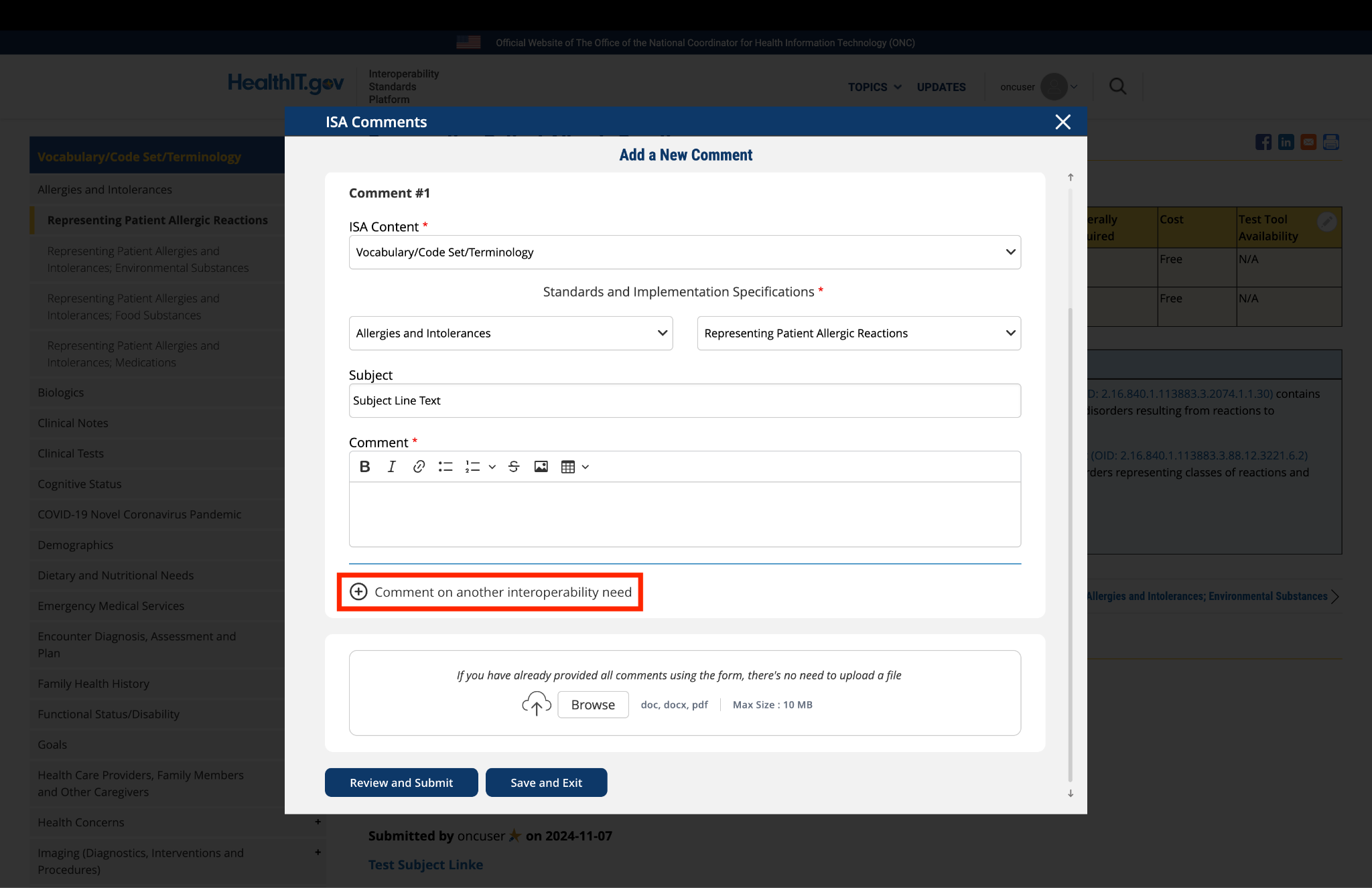
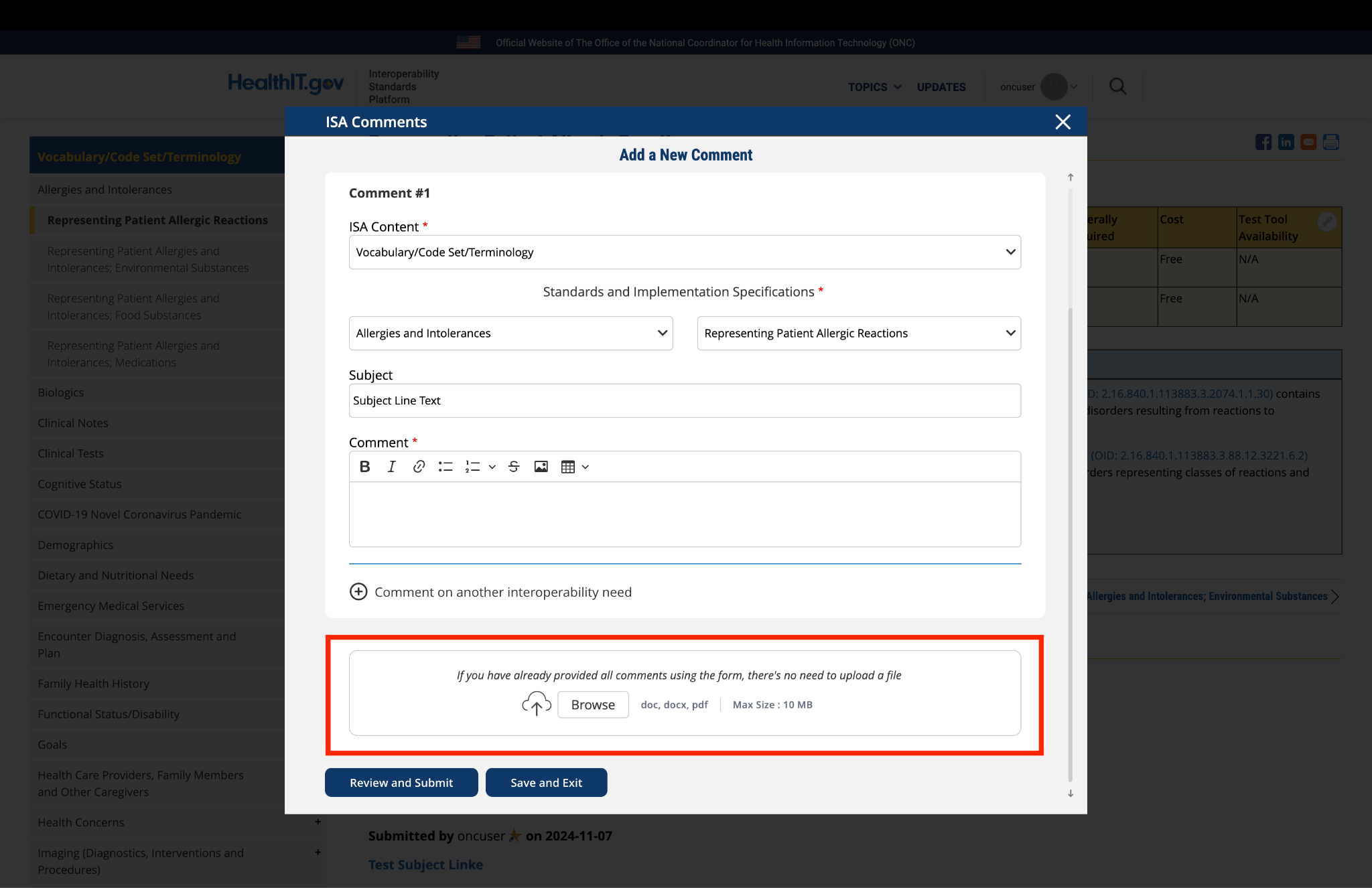
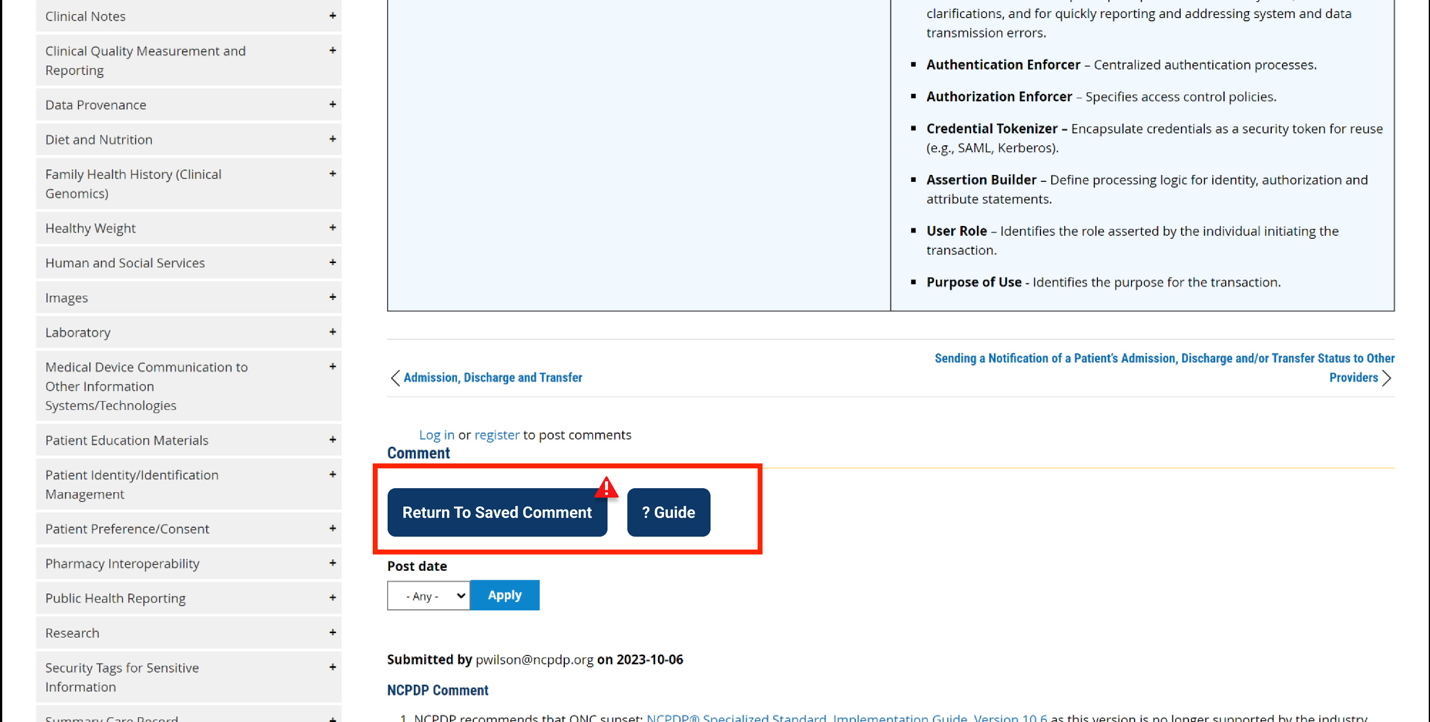
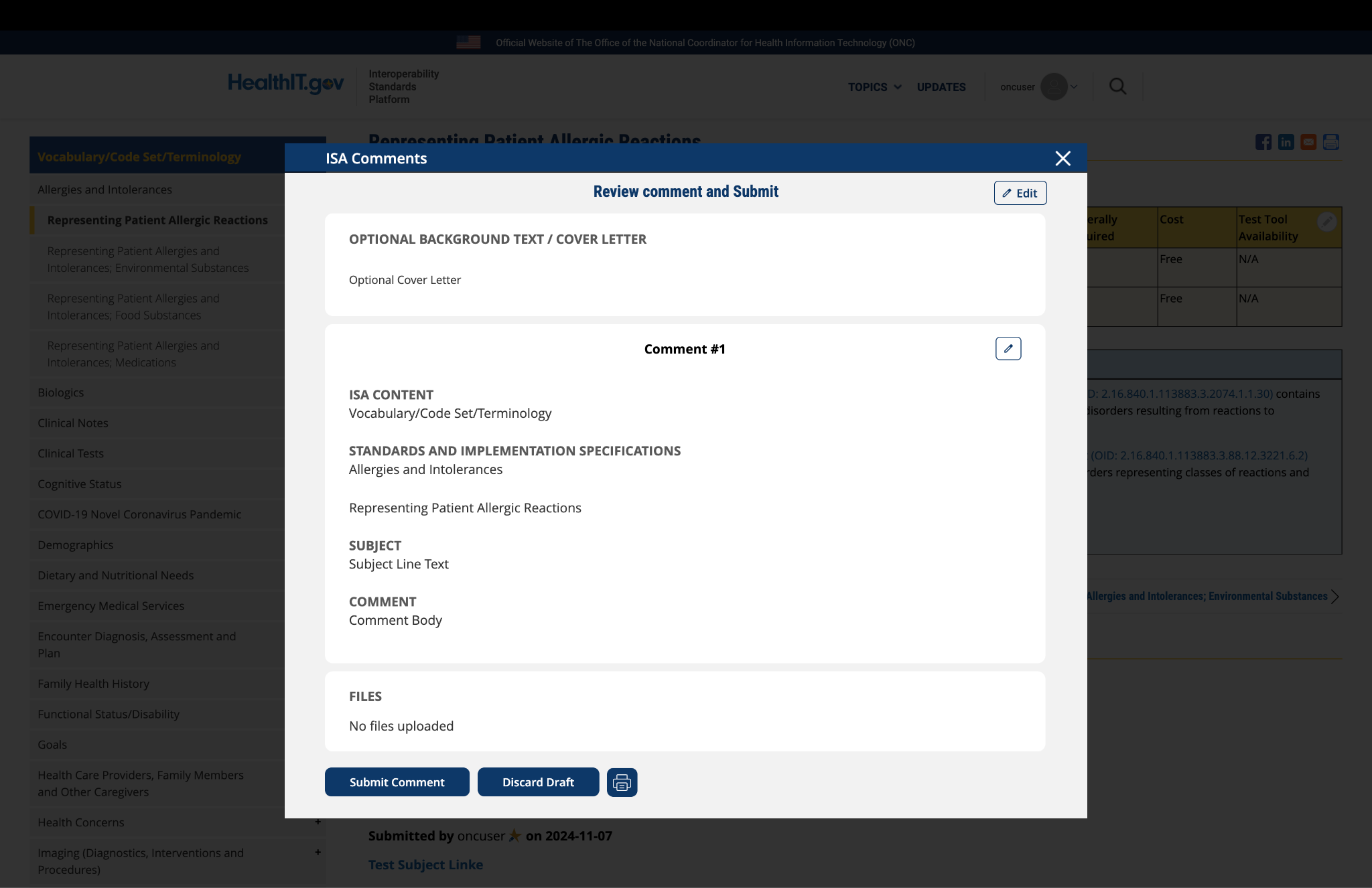
Submitted by gdixon on
Smoking Status Versus Tobacco Use
Increased charting requirements - Consider the degree of clinical value and how that information would actually be employed in the care of the patient versus the increase provider burden required in documenting. Comparing Snomed smoking status versus Tobacco use below. Unless it’s a specific use smoking status is sufficient.
Smoking status versus Tobacco Use SNOMED versus LOINC
Smoking status Value Set Name Smoking Status Code System SNOMEDCT OID 2.16.840.1.113883.11.20.9.3
Tobacco Use SNOMED 2.16.840.1.113883.11.20.9.41 Contains all values descending from the SNOMED CT 365980008 tobacco use and exposure